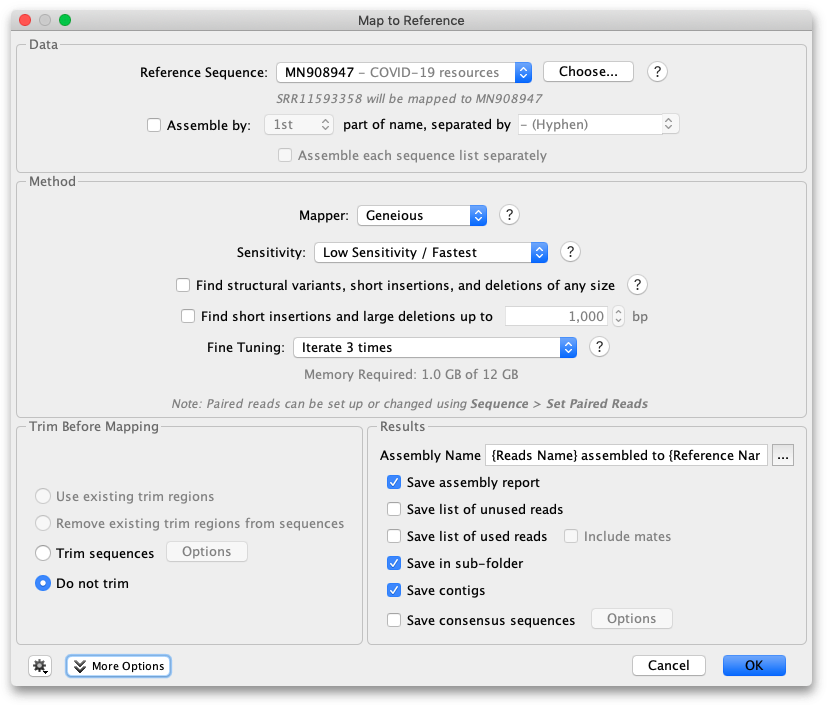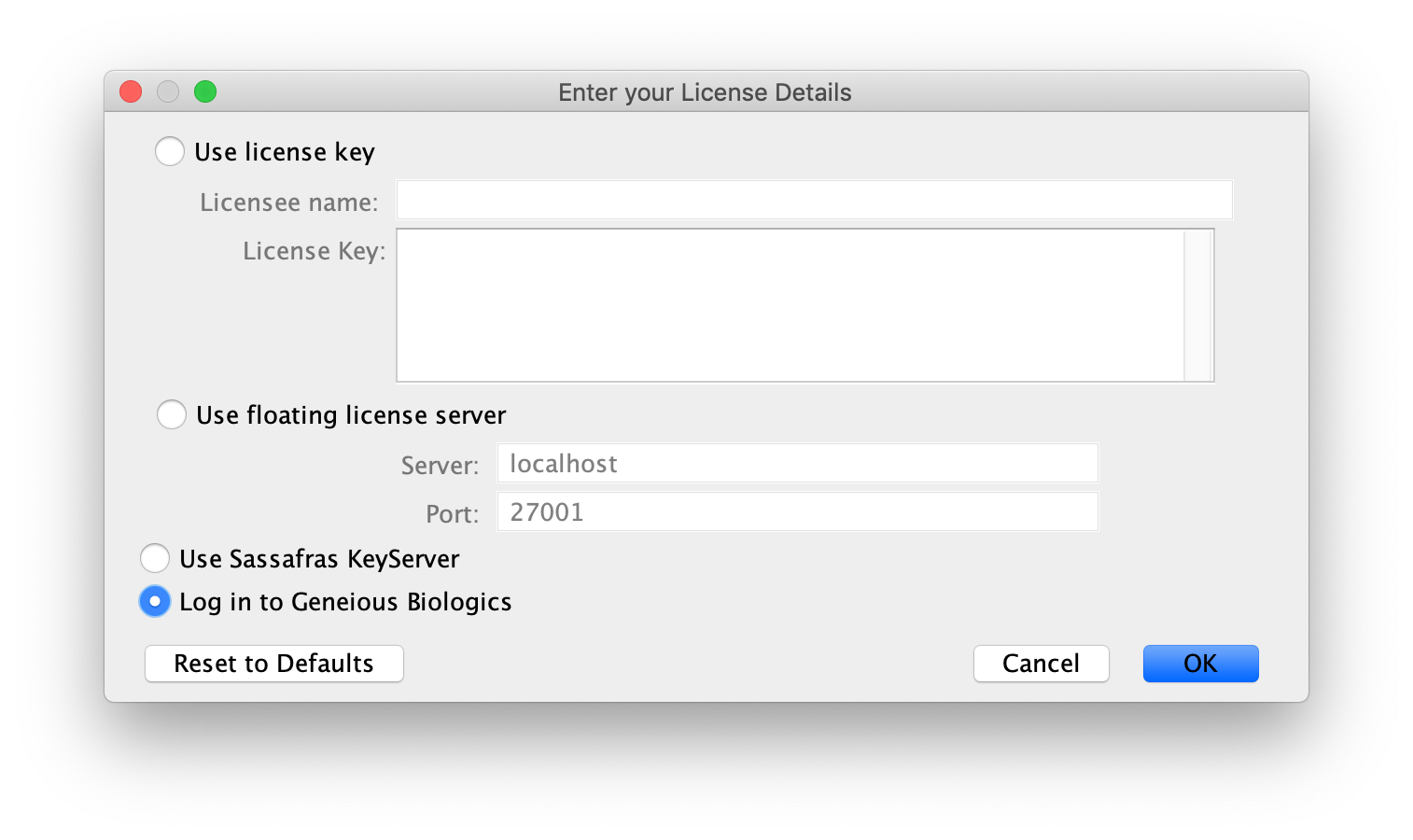
You can set the threshold low/high coverage by either specifying an absolute number of sequences or a number of standard deviations from the mean coverage. This feature annotates all regions of low/high coverage which you can then navigate through using the little left and right arrows next to the coverage annotations in the controls on the right. In addition to the coverage graph which gives you a quick overview of coverage, under the Annotate & Predict toolbar is the Find Low/High Coverage feature. Viewing Contigs of Paired Reads Finding regions of low/high coverage This is very useful for identifying low quality regions and resolving conflicts. The sequence logo graph has an option to “Weight by quality”.For paired reads the individual unpaired mapping qualities are calculated, but these are increased by up to 20 depending on how close the best pair is to the expected insert distance compared with the second best pair.

For unpaired reads, the Geneious mapper assigns a mapping quality of 20*(the number of additional mismatches in the second best location the read maps to). All mappers use heuristics to calculate mapping qualities. Mapping quality for the sequence under the mouse is also displayed in the status bar. If a sequence has no mapping quality (i.e the document was produced in a version of Geneious prior to 8.1 or imported from a SAM/BAM file that didn’t have mapping quality) then it will be colored gray. Mapping qualities have a maximum value of 254 for consistency with the SAM/BAM format. Reads that could be mapped to multiple locations will have a maximum mapping quality score of 3, which indicates it had at least a 50% probability of mapping elsewhere. For example, a read with a mapping quality score of 20 has a 1% chance of having been incorrectly mapped. For a read with mapping quality Q, the probability that it has been incorrectly mapped is 10 ( − Q∕ 10). A mapping quality represents the confidence that the read has been mapped to the correct location.

When all sequences in a contig (or alignment) have quality information attached then you can select the Highest Quality consensus type.The consensus sequence is normally of particular interest and this is always displayed at the top of the sequence view (labeled Consensus).There are several features in the sequence viewer which are worth taking special note of when viewing contigs: Contigs in Geneious Prime are viewed (and edited) in exactly the same way as alignments.


 0 kommentar(er)
0 kommentar(er)
